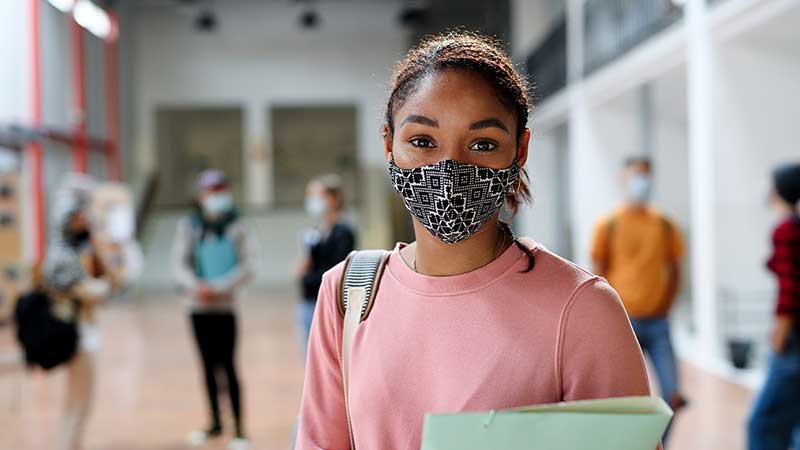
By Amber Garrison Duncan, Nia Haydel, and Charles Ansell
You’ve probably heard of historically Black colleges and universities, created to serve Black students who were excluded from all-white schools. HBCUs excel in helping large numbers of students of color earn bachelor’s degrees that pave the way to growth and success.
But you may not realize that there are also two-year colleges with the same vital mission. Namely, the 12 historically Black community colleges and 104 predominantly Black institutions that remain our most under-researched and least-recognized minority-serving institutions.
We recently examined the enrollments of the 12 HBCCs along with 20 predominantly Black community colleges, or PBCCs, with the highest enrollments and found that these 32 schools represent 10% of all Black enrollment in the two-year sector. Yet, most of these colleges are rarely included in initiatives to increase enrollment, graduation, and career success. Leaving these institutions out of the national dialogue on racial justice and equity in education is shortsighted at best.
Today, we aim to fix that. Lumina Foundation has committed $1 million to partner with Complete College America to support these colleges as they break down barriers, increase attainment, create essential networks, and build platforms to amplify their vital role.
Together, we will:
- Create efficient pathways for adult learners of color to earn credentials, certificates, and degrees, bolstering graduation rates and career opportunities.
- Use data to refine policies and practices to reduce barriers and close equity gaps.
- Build capacity and capabilities with the help of Complete College America’s alliance of states, systems, and partners across the United States and its territories.
- Create a comprehensive network for all HBCCs and PBCCs to promote expertise, share resources, and promote culturally relevant lessons.
The ultimate goal, of course, is to advance racial equity in higher education–and these schools play a significant and expanding role as they educate, train, and mentor increasing numbers of racially, socially, and generationally diverse students.
Fresh data from Lumina’s Stronger Nation tool shows why this work is so essential. As the nation strives for 60% college attainment by 2025, troubling racial equity gaps persist. While 49% of white Americans have a degree or quality credential, the numbers are much lower for people of color. Only 32% of Black Americans, 26% of Hispanics, and 25% of American Indians and Alaska Natives hold an associate degree or higher.
The historically Black and predominantly Black community colleges are uniquely geared to help students of color thrive. HBCCs were founded before 1964 with a mission to serve Black students and enroll majority Black students. Their founding dates are between 1898-1927 and all but one is public.
Meanwhile, predominantly Black community college is a newer designation, authorized by Congress in 2008. Each of these schools must serve at least a thousand students, enroll at least 40% African American students, have at least 50% low-income or first-generation students, and cost less for full-time undergraduate students than similar institutions.
As we partner with these schools over the next two years, we’ll pave fresh pathways and scale up new initiatives for adults of color who have been left out of higher education for too long. It’s their time to learn, grow and lead us to a better future.
To learn more about this project, please register for one of our informational webinars on Sept. 2 or 8.
Amber Garrison Duncan, Ph.D., is a strategy director at Lumina Foundation. Nia Haydel, Ph.D., is vice president for alliance engagement and institutional transformation at Complete College America. Charles Ansell also works for Complete College America as its vice president for research, policy and advocacy.
